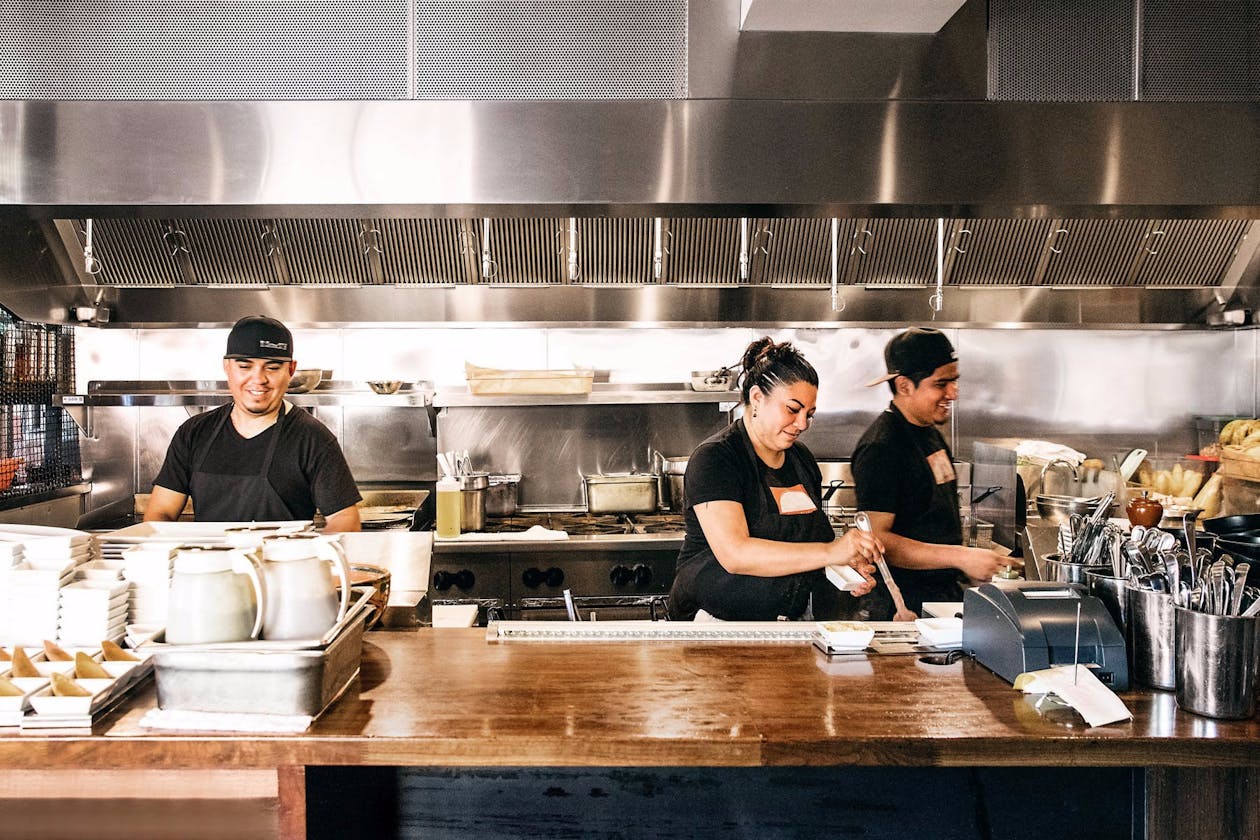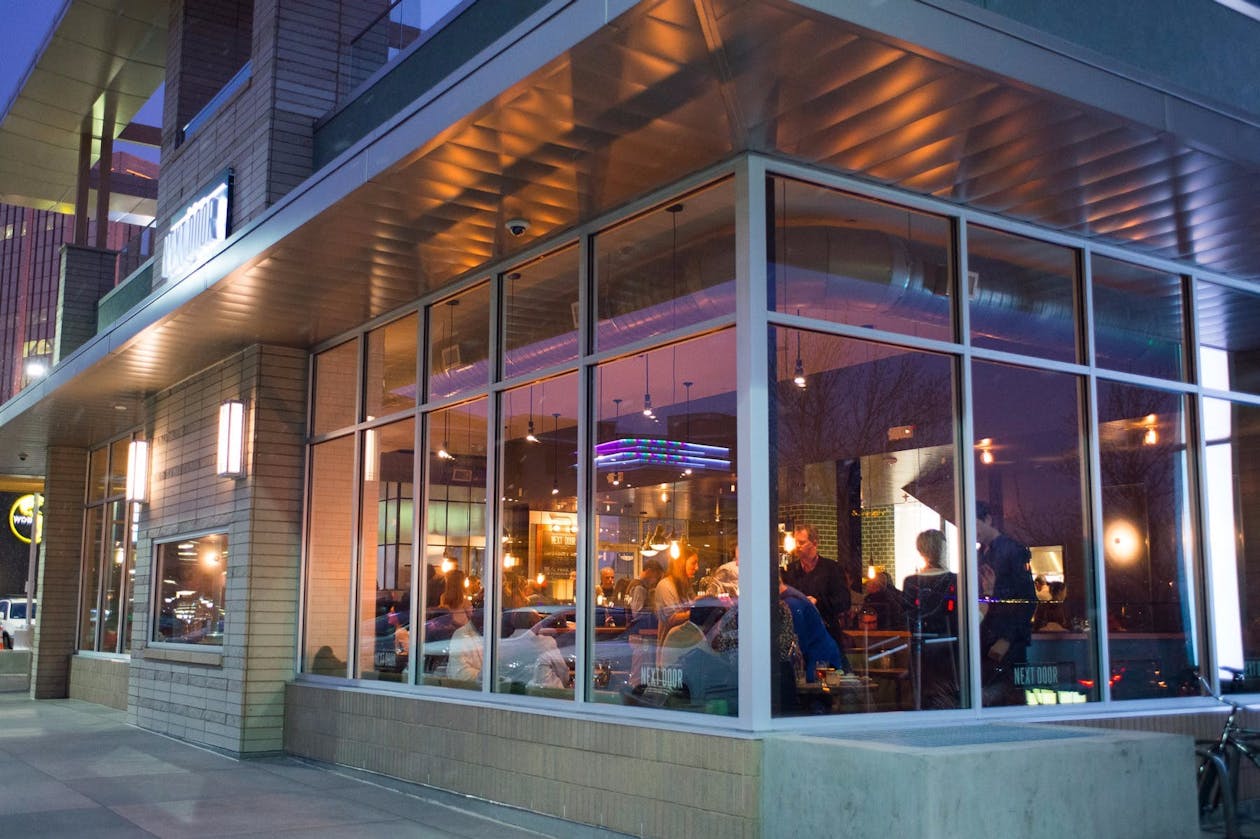How To Expand Into A Multi-Unit Concept
Advice from The Meatball Shop, Tacolicious and Next Door on growing your restaurant business

So your restaurant is doing well: there are lines out the door, the press mentions are consistent, and the social media love is strong. Why not expand? Sounds easy enough.
The reality, though, is that expansion is a tricky business. How do you know that your restaurant is conducive to being scaled? Where do you open up? How do you stay consistent, while also appealing to a new market? We spoke to the people behind three concepts that are at this point veterans in the expansion game—The Meatball Shop, Tacolicious, and Next Door (all of whom just so happen to be #poweredbybento)—to find out how best to go about building new locations.
Know If Your Concept Is Really Ready To Expand
Ask yourself: is my place accessible? Accessibility can mean a number of things. First there’s the price point—it’s not just a question of your food being affordable, but more that it has to fit with the general demographics of the neighborhood. Second, it’s about making sure your restaurant can appeal to different kinds of people. At Tacolicious, Director of Marketing Sara Deseran says, “we get families with strollers in the early evening, and at 10 p.m. we have all the hipsters coming in. No one seems to think twice about it. It’s the kind of place where you can have a birthday party or pick up a salad and an iced tea.” Scalable concepts are those that have broad appeal. Also, is there a demand? You may be a hit in your neighborhood, but if you aren’t receiving consistent feedback from customers about opening new locations, says Natasha Miller, Director of Marketing and Branding for The Meatball Shop, it may not be time to grow just yet.
Scalable concepts are those that have broad appeal.
Be Strategic About Location
Getting requests to open new locations via email and social media is a great first step in deciding where the demand is for your concept—but those shouldn’t be the only deciding factor. Miller uses multiple data points to determine where to find new audiences, including working with credit card processing partners and delivery partners to see where people and orders are coming from. She also suggests setting up Google Analytics, which will show you exactly which cities are bringing in the most traffic to your site. Even Instagram has a special analytics tool that allows you to geo-locate your audience. Used in tandem, these tools can paint a solid picture of where it makes the most sense to open.
Create A Centralized Corporate Office
A big part of maintaining consistency when expanding is having a great corporate team that oversees each new location. These people can look at the big picture, and help prioritize as the little issues come up, Miller says. Also, putting in the effort to hire really great managers can save you a lot of time and headache as you juggle different locations.
Put Preemptive Measures In Place That Will Keep The Food Consistent
With the fast turnover of the restaurant industry and frequent variation in product, it can be hard to ensure that the same dishes are coming out of the kitchen every day. Deseran combats this by hiring an executive chef, whose job it is to constantly monitor each restaurant and oversee all new menu items. Another helpful strategy is creating as many visual aides as possible. At Tacolicious, Deseran shares a folder with all employees that shows step-by-step instructions, with photos, for how every dish is made, to limit room for misinterpretation or human error.

Tacolicious staff prepping some delicious food.
Document Each Opening Process
Employees come and go, so the best way to make the expansion process easier with every new location is to consistently document your work, Miller says. From blueprints to furniture orders to marketing plans, make sure that you are staying organized and keeping all your opening documents in one place, so they can be easily referenced for future endeavors.
So the best way to make the expansion process easier with every new location is to consistently document your work.
Have A Brand Identity And Stick With It
One of the biggest challenges with Next Door, according to Marketing Director Courtney Walsh, was settling on a distinct brand identity before expanding. “You have to have your proof of concept dialed in,” she says, “If you open up other locations and then rebrand, you’ll have to rip out and replace that other branding. Ask yourself the hard questions: Who are we as a company? Who is our main guest? What is our core offering? And have answers to these prior to expanding.”

The exterior of Next Door in Glendale.
Build A Sound Supply Chain Before You Open
“Make sure you are creating a solid supply chain that you are proud of, with vendors that you trust,” says Walsh, as the quality of your ingredients will contribute in a major way in bringing customers back. This doesn’t just apply to produce and meat: having architects, contractors, engineers, and other operations partners you can rely on for each opening can be critical in making the process go more smoothly.
Engage With Your Local Community
While you want your brand voice to stay uniform across each location, it’s important to be a contributing member of the neighborhood of which you are a part—and to tailor your marketing initiatives to your location’s demographic. For example, the Meatball Shop’s Upper East Side location focuses much of its marketing on family-friendly events, like kids’ birthday parties; whereas the Lower East Side location downtown did a skateboard design partnership with a local skate shop. Philanthropy is an important way to earn community goodwill, too. Next Door hosts a charitable school night every Monday, wherein 50 percent of sales go to local schools.
Let's chat.
We'll help you drive revenue, directly through your restaurant's website.